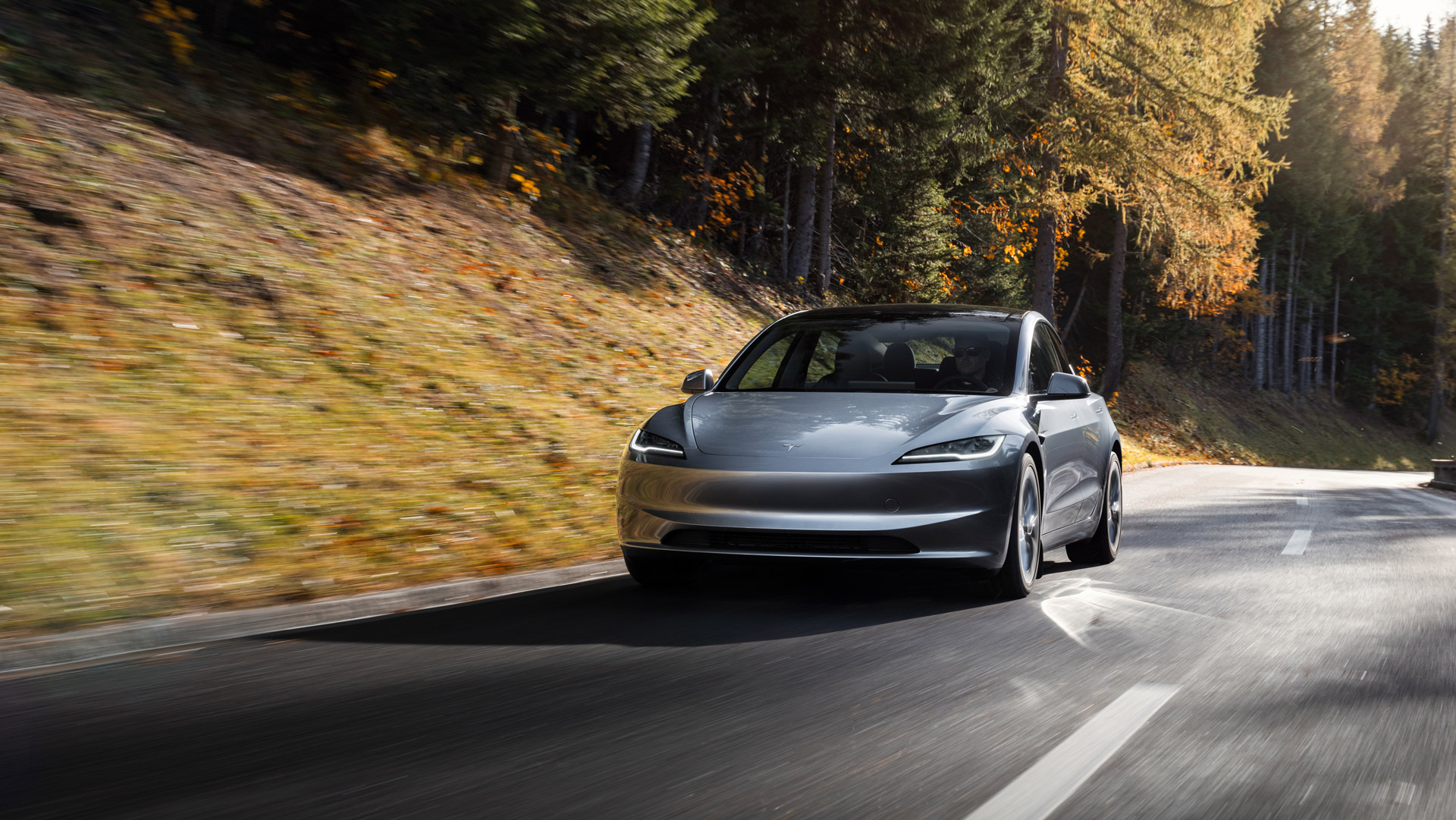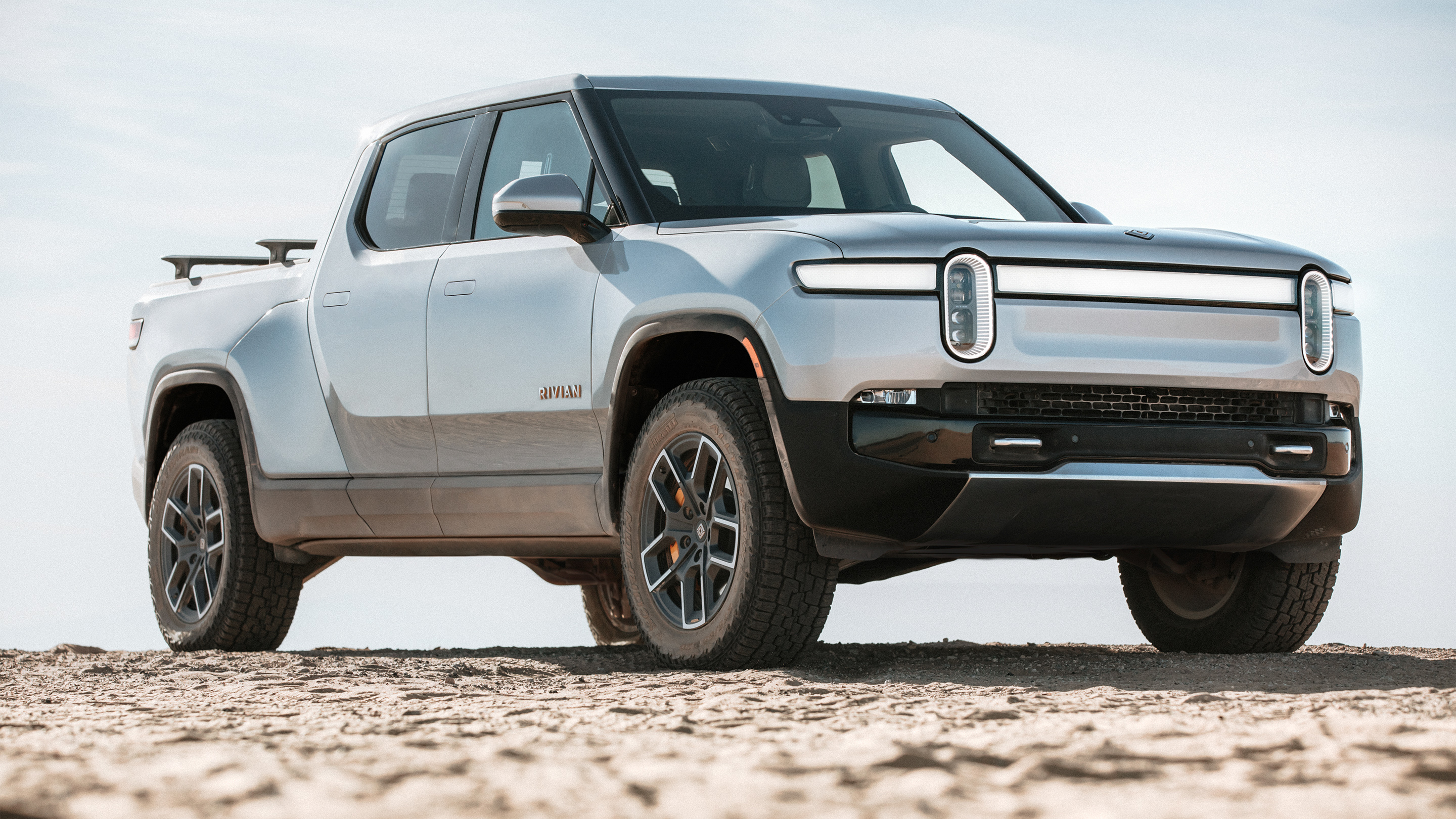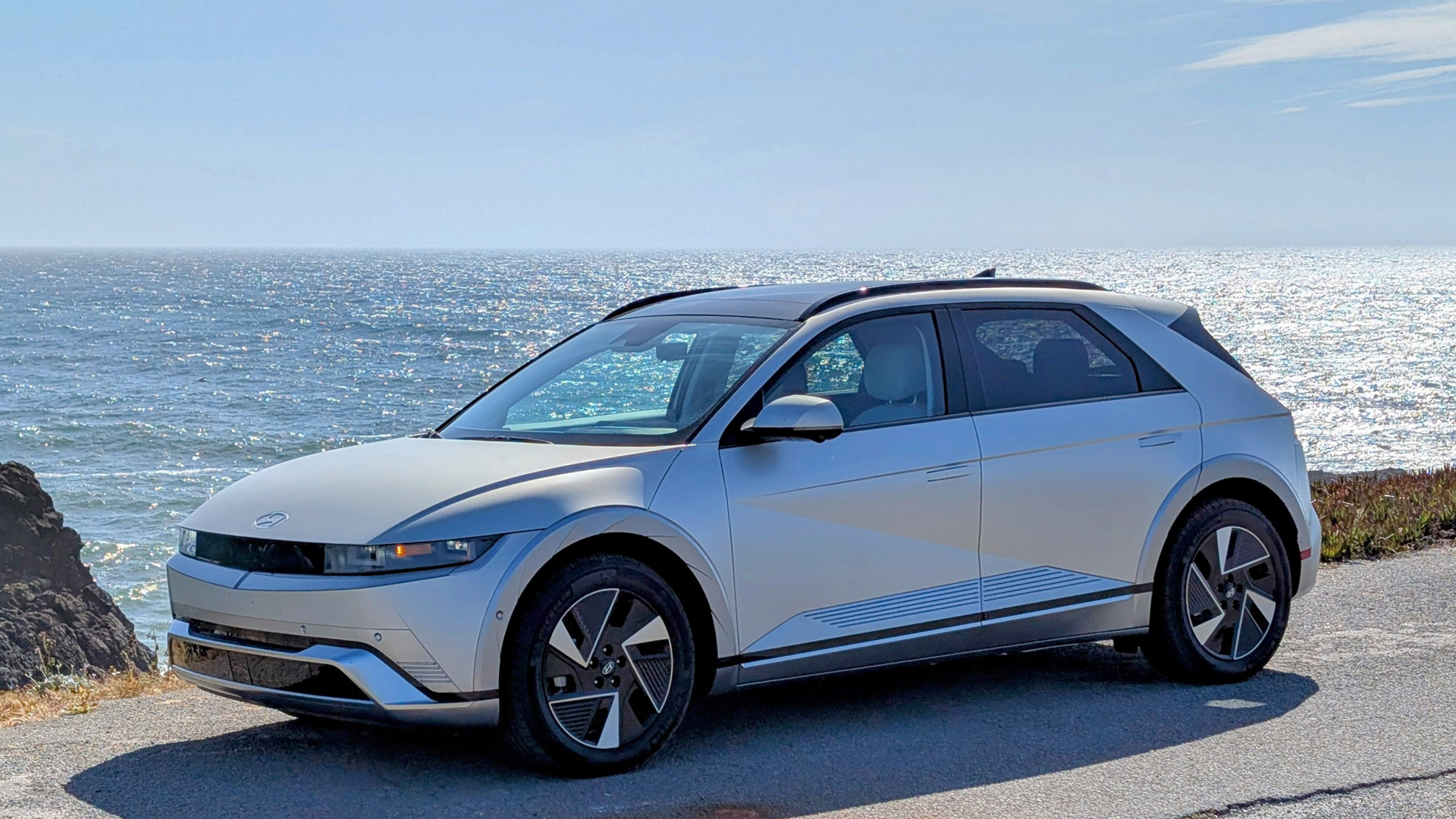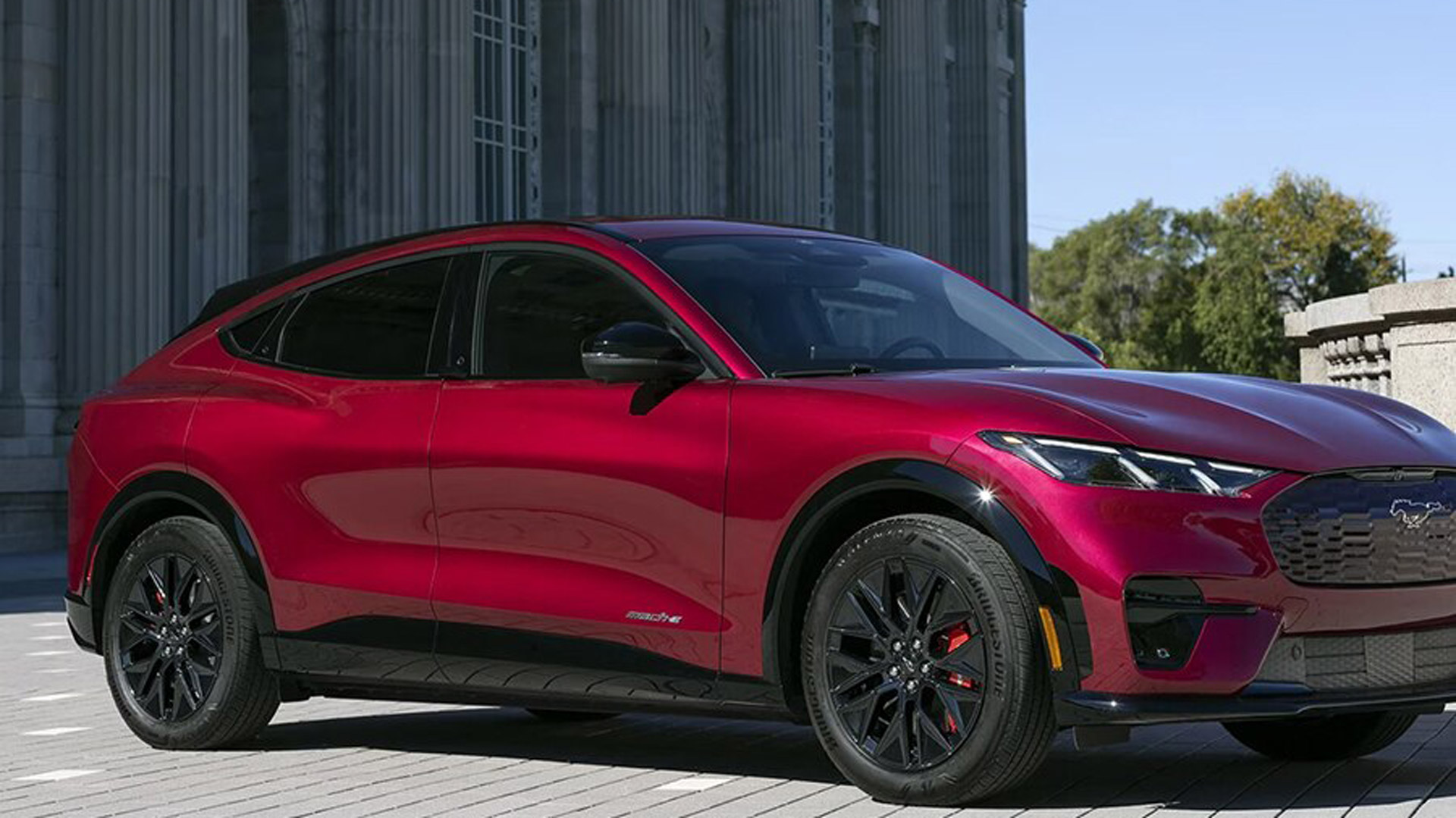You’ve probably heard the news: the EV market isn’t growing as fast as it used to, at least here in the US. Teslas are, in some people’s eyes, toxic, EV prices are still too high, tariffs are fueling economic uncertainty, and EV incentives are going away. Charging infrastructure seems to be the only area where the EV market is making progress, thanks in part to Supercharger competition and the adoption of NACS (the North American Charging Standard).
On the surface, low resale values are also a major obstacle to EV adoption. But in reality, low resale values are making used EVs far more affordable, and teaching consumers that – just like smartphones – EVs are better leased than owned. EV tech is moving too fast for ownership to make any sense, at least today. But it’s the way EVs can be quickly updated – both in hardware and software – that’s redefining the car ownership experience.
Updates are different with EVs
One significant development that is making EVs stand out from ICE (Internal Combustion Engine) and hybrid vehicles – and is a win for consumers – is how updates are handled. Traditionally, vehicle model cycles are seven to eight years long, with a refresh (or facelift) every three to four years. These updates primarily consist of exterior and interior (cosmetic) tweaks and small mechanical changes.
Things are different with EVs, which are much simpler in terms of hardware, and rely more on software. EV tech like batteries, motors, and computers – from powertrain, to infotainment, to ADAS (Advanced Driver Assist Systems) – is evolving at a rapid pace. To stay competitive, EV manufacturers are incentivised to make hardware changes multiple times per year instead of relying on mid-cycle updates every three to four years.
In addition, EV software can be updated OTA (Over The Air) either in part, for models from traditional manufacturers, or fully, for EVs from startups like Tesla, Rivian, and Lucid, as well as Chinese-owned brands (like Volvo and Polestar). While OTA updates are also possible with ICE and hybrid vehicles, they are usually limited to infotainment and perhaps ADAS, leaving powertrain updates in the hands of dealers.
Any software update that can’t be handled OTA requires a visit to a dealer’s service center, resulting in friction for consumers. Fully SDV (Software Defined Vehicles) are changing the ownership experience by enabling OTA updates for all the software in a vehicle, down to the smallest ECU (Electronic Control Unit) or module. This allows manufacturers to fix bugs and issue recalls, but also add new features, improving EVs over time.
Here are some examples of refreshed EVs:
Tesla

Tesla’s current model lineup is a textbook example of how updates are different with EVs. Not only does Tesla offer excellent software, but it pushes monthly OTA updates to its entire fleet of vehicles that fix bugs and add new features. As a (twice) former Model 3 owner, I have experienced this firsthand, and it’s truly exciting to see your car improve and gain new functionality over time, especially since these software updates are free.
As for hardware updates, looks are deceiving. Tesla’s vehicles don’t appear to be changing much, at least visually. Take the Model 3, for example. It received its first significant refresh – the Highland refresh – back in September 2023. As I wrote then:
“[…] the Model 3 is no spring chicken. Other than a few minor cosmetic tweaks, it’s pretty much the same car – at least visually – as it was when it launched in 2017. See, unlike other car manufacturers, Tesla doesn’t follow a “model year” update schedule. The company makes changes to its cars when it sees fit.”
This means that two Model 3s manufactured just a few weeks apart might look identical inside and out, but have different hardware under the skin. In fact, the Model 3 has received numerous improvements since 2017, including a heat pump, upgraded battery packs, Qi wireless charging, matrix headlights, a power trunk, faster computers, better cameras, ventilated seats, a rear display, and a revised suspension.
Controversially, the Model 3 has also lost some features over the years, like the front radar, ultrasonic parking sensors (dumb idea), and steering wheel stalks (with the Highland refresh, also dumb). The Model Y follows the same update strategy and received its first major refresh – the Juniper refresh – in January this year. Similarly, Model S and Model X have also benefited from numerous updates over the years, despite being essentially the same vehicles.
Rivian

Alongside Tesla, Rivian is the only other manufacturer of EVs that delivers a great software experience and pushes monthly OTA updates to its entire fleet of vehicles to fix bugs and add new features. The company’s R1T pickup truck and R1S SUV are now on their second generation, having received a significant refresh back in June 2024. While cosmetic tweaks were minor, Rivian made numerous hardware changes under the skin.
The second-generation R1S and R1T benefit from improved build quality, reduced noise levels, better ride quality, upgraded battery packs, faster computers, and better cameras. More importantly, Rivian switched from a domain to a zonal electrical architecture, reducing the number of ECUs from 17 in the first generation to just seven. Not only did this save 1.6mi and 44lbs of wiring, it made these SDVs easier to update OTA and more future-proof.
In January 2025, I went EV camping in Joshua Tree National Park and got to experience the second-generation R1S firsthand, and there’s no doubt that this refresh takes an already impressive EV and makes it even better.
Hyundai Motor Group

Cars built on Hyundai Motor Group’s E-GMP (Electric-Global Modular Platform) are some of my favorite EVs. They include the Genesis GV60, Kia EV6 and EV9, and Hyundai IONIQ 5, IONIQ 6, and IONIQ 9 – to name those currently available in the US. What makes these EVs stand out is their 800V architecture, ability to charge at up to 250kW (10-80% in 18 minutes), unique design, solid range, and feature-rich but easy-to-use software.
For the 2025 model year, the EV6 and IONIQ 5 have been refreshed with both cosmetic updates and hardware changes. These include improved efficiency and range thanks to upgraded batteries and motors, a NACS charging port (US only), a better infotainment system with faster computers and larger screens (IONIQ 5), more advanced level 2+ ADAS, plus quality-of-life updates like a rear wiper (IONIQ 5), and wireless Apple CarPlay and Android Auto.
I recently drove the 2025 IONIQ 5 from Vancouver (Canada) to Seattle and back, and was really impressed with this refresh – especially the range improvements. While I’m quite familiar with the IONIQ 5, the 2025 model feels like a new EV, despite looking almost identical.
Ford

Ford’s Mustang Mach-E might have a controversial name, but it’s another one of my favorite EVs – especially in GT trim. It looks really nice, drives extremely well, offers good range, and features decent tech. BlueCruise (Ford’s hands-free level 2+ ADAS) stands out in particular, and overall, the Mach-E delivers a pleasant software experience. For the 2025 model year, the Mach-E received a refresh with meaningful hardware updates.
While it’s mostly unchanged cosmetically, the Mach-E now benefits from a heat pump for better efficiency, more advanced hands-free level 2+ ADAS with automatic lane change (BlueCruise 1.5), an improved infotainment system with 5G connectivity, plus quality-of-life refinements like a column-mounted shifter and ventilated seats. As a bonus, it’s also more affordable. I haven’t driven the 2025 Mach-E yet, but this update seems like a win.
Refreshed EVs the best EVs
As you can see, when it comes to hardware and software updates, EVs don’t play by the same rules as hybrid and ICE vehicles. Instead of getting interior and exterior (cosmetic) tweaks and small mechanical changes every three to four years, EVs are continuously evolving, and receiving significant hardware updates under the skin – not to mention more frequent OTA software updates. And that’s why refreshed EVs are the best EVs.
So remember, shopping for an EV is a lot like shopping for a smartphone. If you’re in the market for an EV, lease instead of buying, and get the newest model you can afford, so you have the latest hardware. Don’t be tempted by deals on older EVs – while it’s easy to get OTA software updates, it’s almost impossible to get hardware updates.
